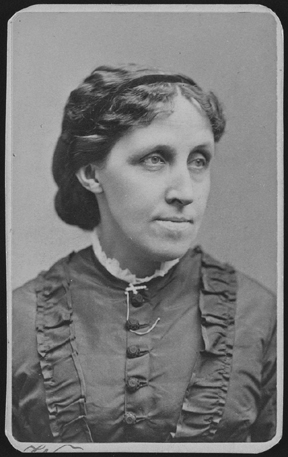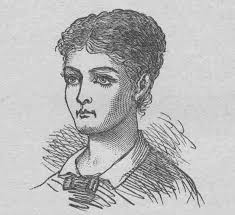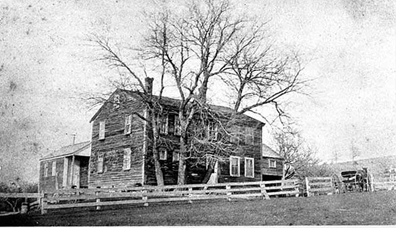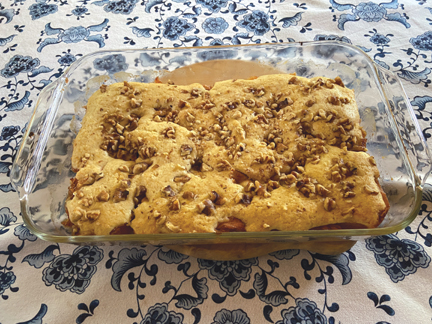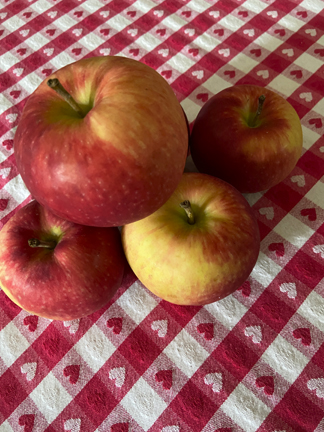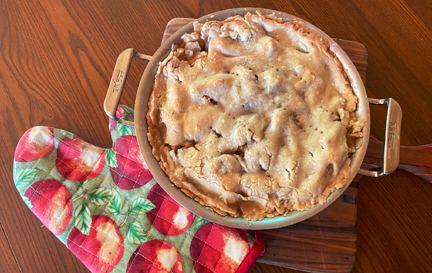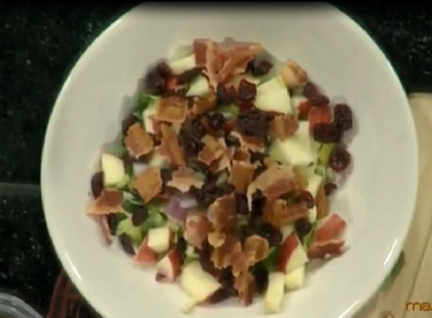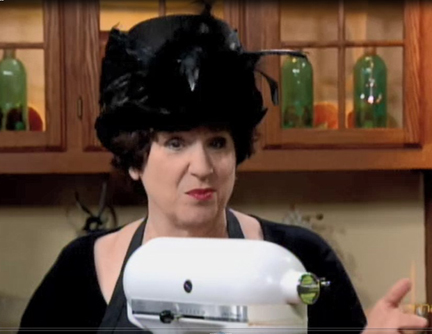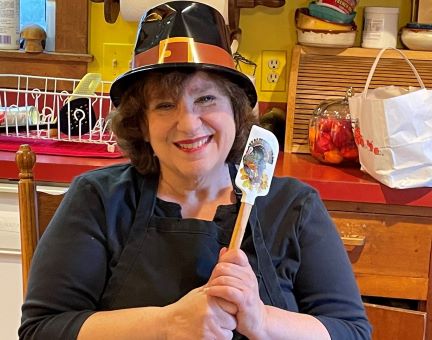
Pie probably wasn’t served at the so-called first Thanksgiving 400 years ago, but it has been a must-eat for this holiday since at least the 19th century if not before.
Pie dresses up produce—squash, apples, nuts, etc.—inside pastry and always delivers the feeling of fullness Americans associate with Thanksgiving. In my family, we always have at least two pies, and one of those is always pumpkin.
I try in vain to suggest a crisp or a crumble or (heaven forbid!) no dessert at all, but like most families mine believes that tradition is paramount on this special day. In the end, I always bow to the will of my relatives when it comes to the Thanksgiving dessert menu.
Here’s the problem: I’m not really a pie-crust person. In my experience, pie-crust creation is a skill honed by practice. My grandmother grew up on a farm where pies were on the menu almost daily. My mother spent a lot of time on that farm.
Both possessed the proverbial dab hand with pastry, producing flawless pie crusts. I make pie a couple of times a year at most so I have never had a lot of practice. For much of my life, my lack of pastry experience bothered me. I no longer worry about it. My pie crusts don’t look perfect. They are usually patched together a bit. They always taste good, however.
The secret to making pie crust, I have learned, is to do it without fear. And (as with most cooking) to create your pie with love in your heart.
I realize that many readers won’t have a problem making pie crust. In case you’re not quite ready to wield a rolling pin without fear, however, I offer a couple of suggestions.
First, purchase your pastry. Pillsbury crusts don’t quite match homemade in terms of flavor, but aren’t bad. Furthermore, they look homemade, and using them allows you to take most of the credit for the pies you create.
Another way to get around the pastry issue is to make a pie that requires a Graham-cracker crust: a lemon or key-lime pie, a custard pie, a chocolate pie. Just melt butter, add Graham-cracker crumbs, and press the resulting mixture into your pie pan. No rolling required!
Finally, of course, you may purchase pie or ask one of your guests (if you’re having them) to bring dessert. Your feast will feature lots of homemade goodies. You will be forgiven for outsourcing a little of the cooking.
For those of you who want to make pie crust but are feeling a bit wary, today I am sharing one of the easiest pie-crust recipes I know. It was given to me my late neighbor Bob Stone. Bob maintained that the vinegar and egg in the recipe make the pastry easy to manipulate. I concur.
Bob’s recipe makes enough pastry for two two-crust pies. Feel free to cut it in half. The only trick is dividing the egg in half, which I do by eye.
Because pie crust is no fun on its own, I’m also including a recipe for a fairly easy pie that will be on my own Thanksgiving menu this year, my friend Denis’s French apple pie. This tasty offering with a crumb toping takes only one crust so you can freeze your leftover crusts for future use.

Bob Stone’s Fullerville Pie Crust
Ingredients:
4 cups flour
1 teaspoon salt
1–3/4 cups shortening
1/2 cup ice water plus a bit more if needed
1 tablespoon white vinegar (cider vinegar works as well)
1 egg
Instructions:
Combine the flour and the salt in a bowl. Cut in the shortening, using a pastry blender or two knives, until it is crumbly. Do not over mix. Whisk together the water, the vinegar, and the egg, and stir them gently into the flour mixture. If the dough seems too dry (this is rare), add a tiny bit more cold water. Be careful not to add too much water; this will toughen your crust.
Divide the dough into four even segments, and pat each segment into a rounded disk. If you have time, it helps to refrigerate the dough for an hour or so to make it easier to roll out. If you don’t have time, go ahead and roll the dough into circles. I do this on a board covered with a silicone matt that I then flour. (Call me paranoid!)
Makes enough crust for 2 double 9-inch pies.
Apple Pie à la Française
Ingredients:
3/4 cup sugar
1 teaspoon cinnamon
1 pinch salt
5 medium baking apples, peeled, cored, and sliced
1 9-inch unbaked pie shell
1 cup flour
1/2 cup brown sugar, firmly packed
1/2 cup (1 stick) butter
Instructions:
Preheat the oven to 425 degrees. Mix together the sugar, the cinnamon, and the salt. Add them to the apples, and combine delicately. Place this mixture in your pie shell.
Combine the flour and the brown sugar. Cut in the butter. Cover the apples with this crumb mixture.
Bake for 10 minutes; then reduce the heat to 350 and bake for another half hour, or until the apples are completely cooked. Serves 8.
The related videos may be viewed by clicking on the links below. Happy Thanksgiving!

